The Chang'e 8 robotic probe — the third to be placed on the moon during China's next lunar exploration endeavor — is open to foreign science payloads, according to the China National Space Administration.
Speaking on Monday at the ongoing 74th International Astronautical Congress in Baku, Azerbaijan, Wang Qiong, deputy head designer of the Chang'e 8 mission, said that there will be 200 kilograms of payload capacity for piggyback missions on the spacecraft.
Each piggyback payload should not weigh more than 100 kg. Preference will be given to independently controllable devices, lunar surface robots and equipment new to Chinese lunar missions, according to Wang. He said that lunar regions around Leibnitz Beta, Amundsen crater, Cabeus crater and the Shackleton-de Gerlache Connecting Ridge have been chosen as candidate landing sites.
The Chinese space administration has set a deadline of Dec 31 for letters of intent, with preliminary and final selections to be completed by April and September 2024, respectively.
According to the mission planners, the Chang'e 8 probe will consist of a lander, a rover and a robot. The spacecraft is set to land on the moon's south pole around 2028 to make on-site investigations of the environment and mineral composition of the landing site, carry out observations of the Earth and test technologies for in-situ resource utilization. In space exploration, in-situ resource utilization is the practice of collecting, processing, storing and using materials found or manufactured on other astronomical bodies, such as the moon and Mars, that could be used to replace materials that would otherwise be brought from the Earth.
The utilization of local resources will be crucial to human activities on the moon in the future, according to Wu Weiren, an academician at the Chinese Academy of Engineering and a leading scientist at the space administration.
"If we wish to stay for a long time on the moon, we need to set up stations by utilizing the moon's own materials. Lunar soil will be our raw material and will be made into construction materials using 3D printing technology," he told China Daily in April.
Wu and other space officials have said that the Chang'e 8 will follow the Chang'e 7 mission in 2026, which will also target the lunar south pole.










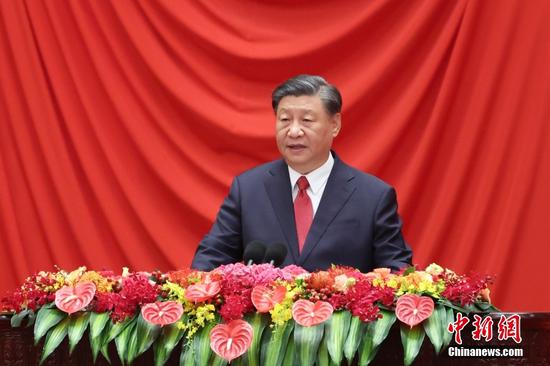
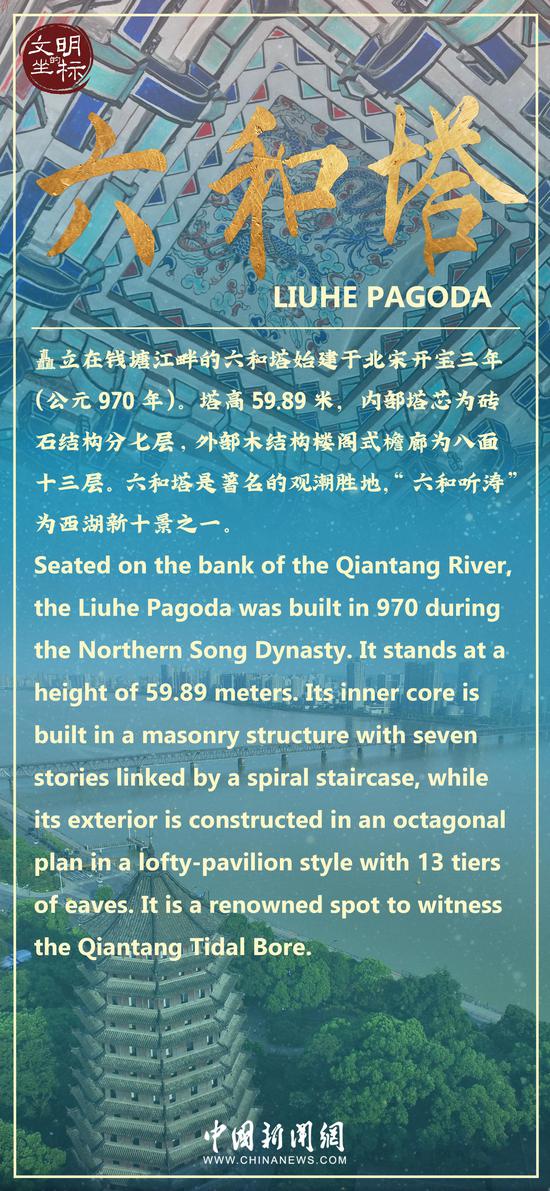



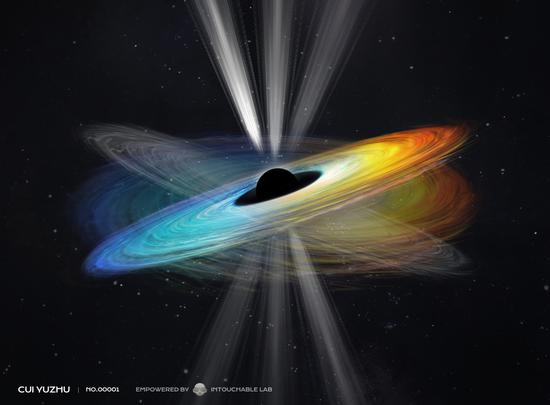



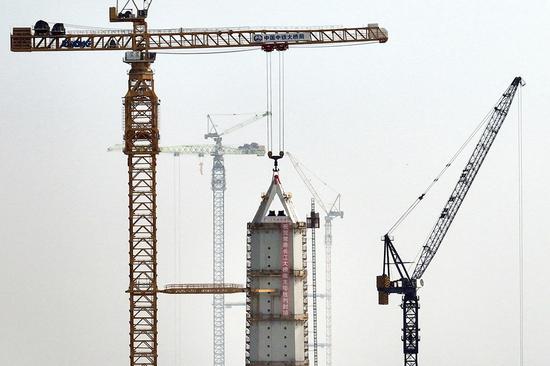

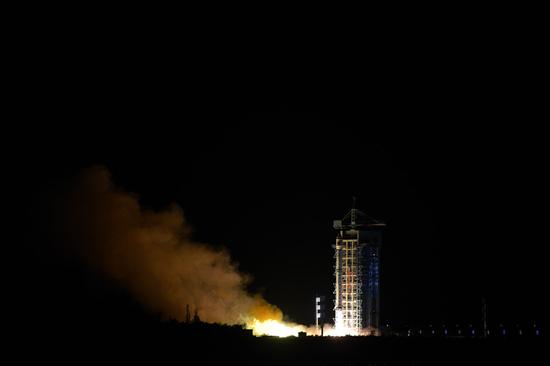

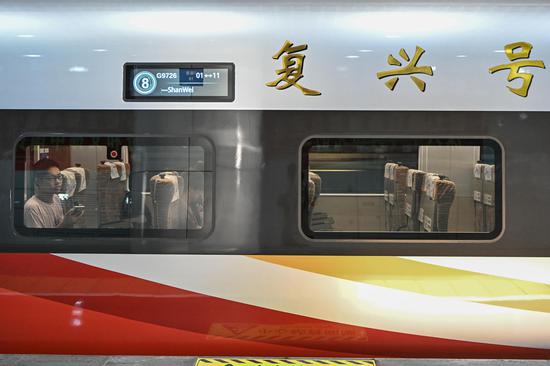







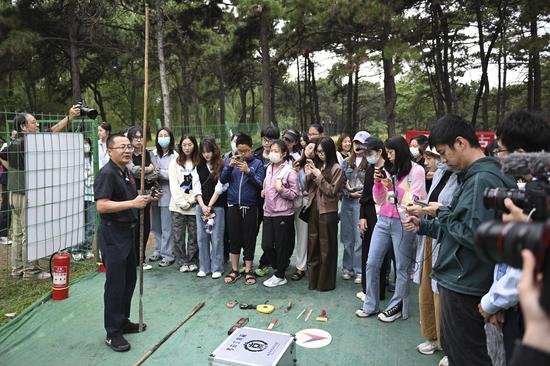
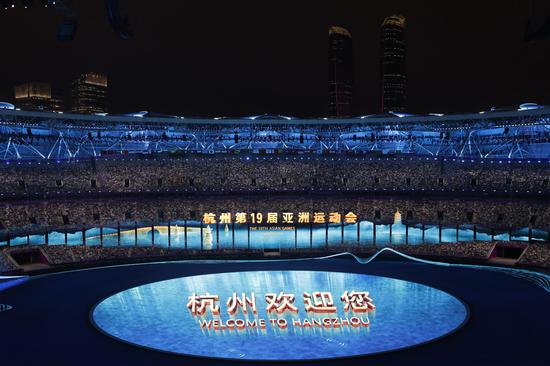



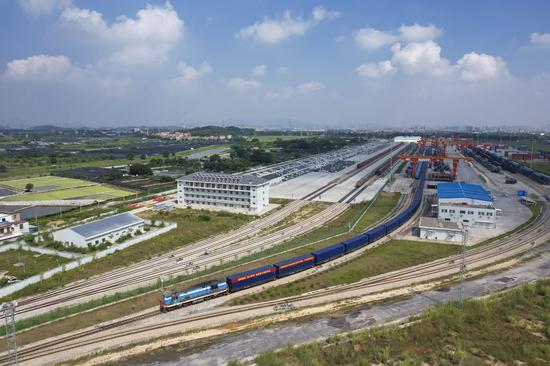



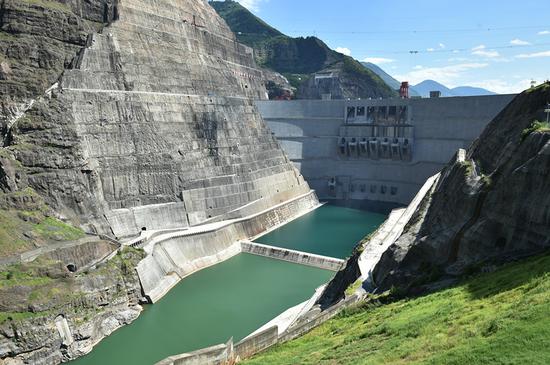
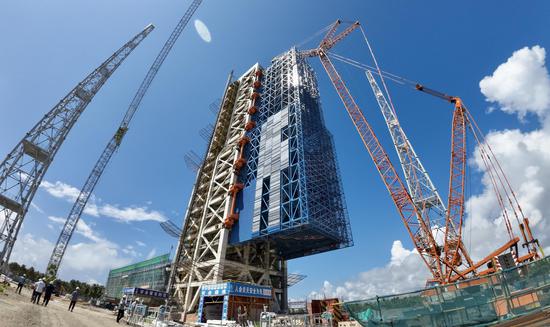




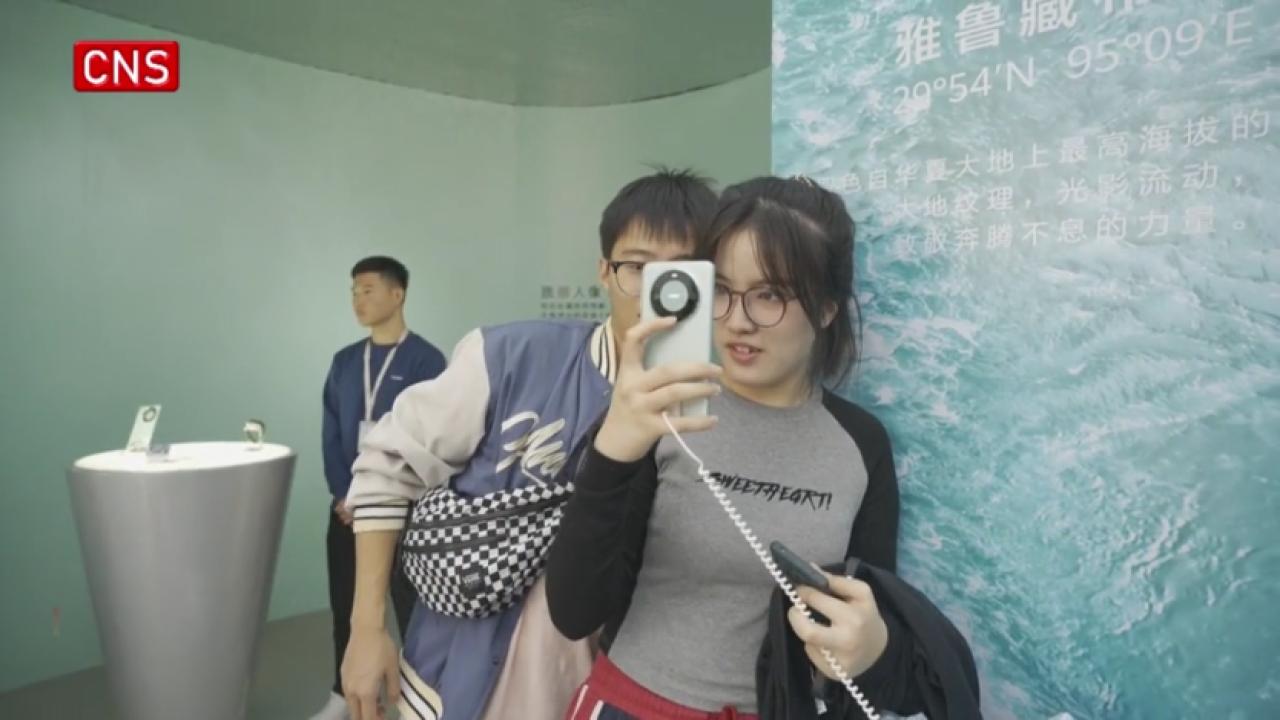



 京公网安备 11010202009201号
京公网安备 11010202009201号